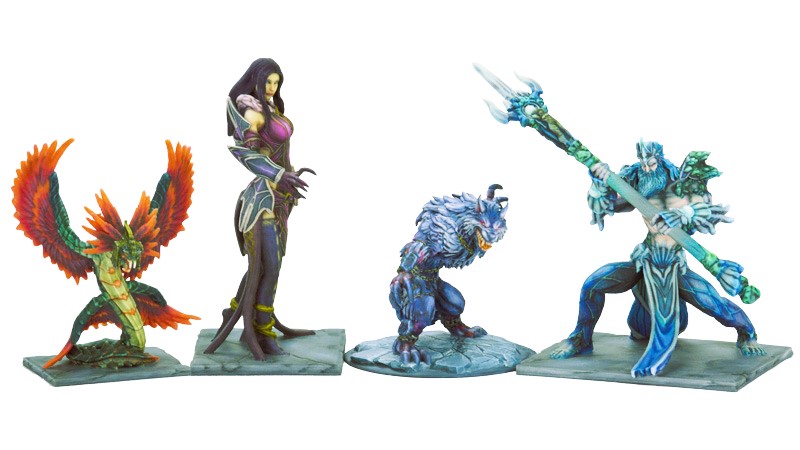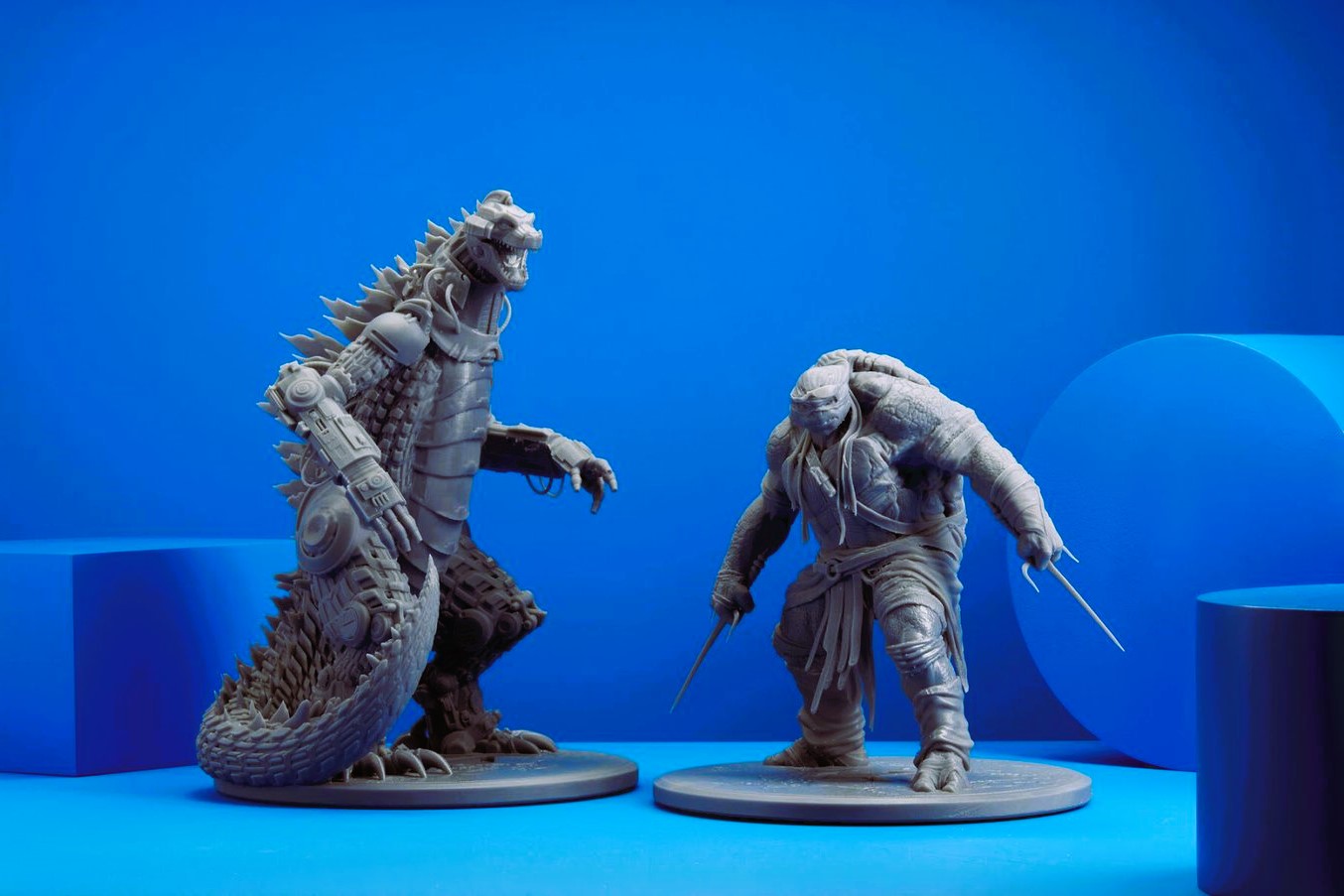In the world of gaming, character customization has become a key feature that allows players to create a unique experience tailored to their preferences. One of the latest advancements that has revolutionized the ability to customize in gaming is the integration of 3D printing technology. With 3D printing, players can now take their gaming figurines and characters to the next level, designing and creating personalized, one-of-a-kind pieces that reflect their individual tastes and preferences.
What is 3D Printing?
3D printing, or additive manufacturing, is a process that creates three-dimensional objects from a digital file. This is done by layering materials—such as plastic, resin, or metal—until the object is fully formed. The process begins with a 3D model, which can be created using computer-aided design (CAD) software or by scanning an existing object. Once the model is ready, the printer translates the digital file into a physical object, layer by layer.
This technology has been around for decades but has only recently become more accessible to the general public. Its applications have expanded from industrial prototypes to consumer products, including customized gaming figurines and characters.
The Rise of Customization in Gaming
Gaming enthusiasts have long shown an interest in customizing their gaming experiences, from in-game avatars to real-world merchandise. However, traditional forms of customization often had limitations. For example, purchasing a figurine or a toy based on a game character would typically offer only a set selection of designs, leaving little room for personal flair. Even if one could find a figurine that resembled their favorite character, it was unlikely to be exactly what they envisioned.
Enter 3D printing, which allows players to design their own characters or modify existing ones with unprecedented detail and accuracy. Whether it’s altering the outfit of a character, changing their pose, or creating an entirely new design, 3D printing offers gamers the freedom to bring their imaginative visions to life in ways previously unimaginable. Read about how 3D printing helps create gaming devices in this article.
The Process of Customizing Gaming Figurines with 3D Printing
Customizing gaming figurines with 3D printing involves several key steps, beginning with the design phase and ending with the creation of the final model. Let’s break it down:
- Designing the Model The first step in the customization process is designing the model. There are several approaches to this:
- Using CAD Software: Some gamers may choose to create their own 3D models using CAD software, such as Blender, Tinkercad, or Autodesk Fusion 360. These tools allow for precise control over the design, enabling users to tweak everything from the character’s facial expression to the texture of their clothing.
- Modifying Existing Models: For those who are not experienced in 3D design, another option is to start with an existing model and modify it to suit their needs. Websites like Thingiverse and MyMiniFactory offer a variety of free or paid 3D models of popular gaming characters, which users can download and customize.
- Scanning Real-World Objects: For even more personalized designs, some players use 3D scanning technology to capture their own likeness or their favorite in-game character’s features. This can be done using a handheld 3D scanner or even smartphone apps, which then translate the scan into a 3D model that can be further edited.
- Preparing the Model for Printing Once the design is ready, the model must be converted into a format that can be understood by the 3D printer. This is where slicing software comes in, which breaks the 3D model into layers and generates the necessary instructions for the printer to follow. Popular slicing software includes Cura, PrusaSlicer, and Simplify3D.
- Choosing the Right Material One of the great benefits of 3D printing is the variety of materials available. Players can choose from plastics such as PLA or ABS, resins for more detailed and smoother finishes, or even metals for a more durable product. The choice of material impacts the final appearance and feel of the figurine, as well as its strength and durability.
- Printing the Figurine Once the model is prepared and the material selected, the printing process begins. This can take anywhere from a few hours to several days, depending on the complexity and size of the figurine. High-quality printers can achieve impressive levels of detail, down to the finest features, such as hair texture and clothing folds.
- Post-Processing After the figurine is printed, there is often some post-processing involved to refine the final product. This may include sanding, painting, or adding additional details like accessories. For those seeking an extra level of detail, professional services may offer painting and finishing options that ensure the figurine looks as close to the digital model as possible.
The Benefits of 3D Printing for Gaming Customization

The integration of 3D printing into the gaming world offers several benefits that appeal to both hobbyists and professional creators alike.
- Endless Possibilities for Customization
3D printing offers virtually unlimited possibilities when it comes to customizing gaming figurines. Whether a player wants to make a figurine of their custom-designed character, create a different pose for an existing character, or even modify details like weaponry and accessories, 3D printing provides the tools to do so. The freedom to experiment with various designs means gamers can truly make a figure that matches their vision. - Cost-Effective Production
Traditionally, gaming merchandise and figurines could be quite expensive. Limited edition pieces, especially those that featured intricate details or were based on rare characters, often came with a hefty price tag. With 3D printing, gamers can produce high-quality customized figurines at a fraction of the cost of buying a pre-made one. All it takes is the initial investment in a 3D printer (or access to a 3D printing service) and the cost of materials. - Personalized Collectibles
For collectors, 3D printing offers an opportunity to create personalized, one-of-a-kind collectibles. These figurines are more than just another item on the shelf—they’re a reflection of the player’s identity, interests, and creativity. As the gaming community grows, the desire for personalized items will only increase, with 3D printing being at the forefront of this trend. - Collaboration with Designers
Another advantage is the potential for collaboration between 3D model designers and gamers. Many designers share their 3D models online, providing players with the opportunity to customize and tweak the designs to their liking. This collaboration fosters a thriving community of 3D printing enthusiasts who can share ideas and inspiration.
Using 3D printing to customize gaming figurines and characters is an exciting development in the gaming world. It empowers players to create personalized collectibles that reflect their own tastes and preferences, pushing the boundaries of customization and creativity. Whether for professional game developers, hobbyists, or collectors, 3D printing offers a world of possibilities, transforming the way gamers engage with their favorite characters and figures.
For more information on the standardization of 3D printing and other relevant technologies, you can refer to this Wikipedia page on Standardization.

